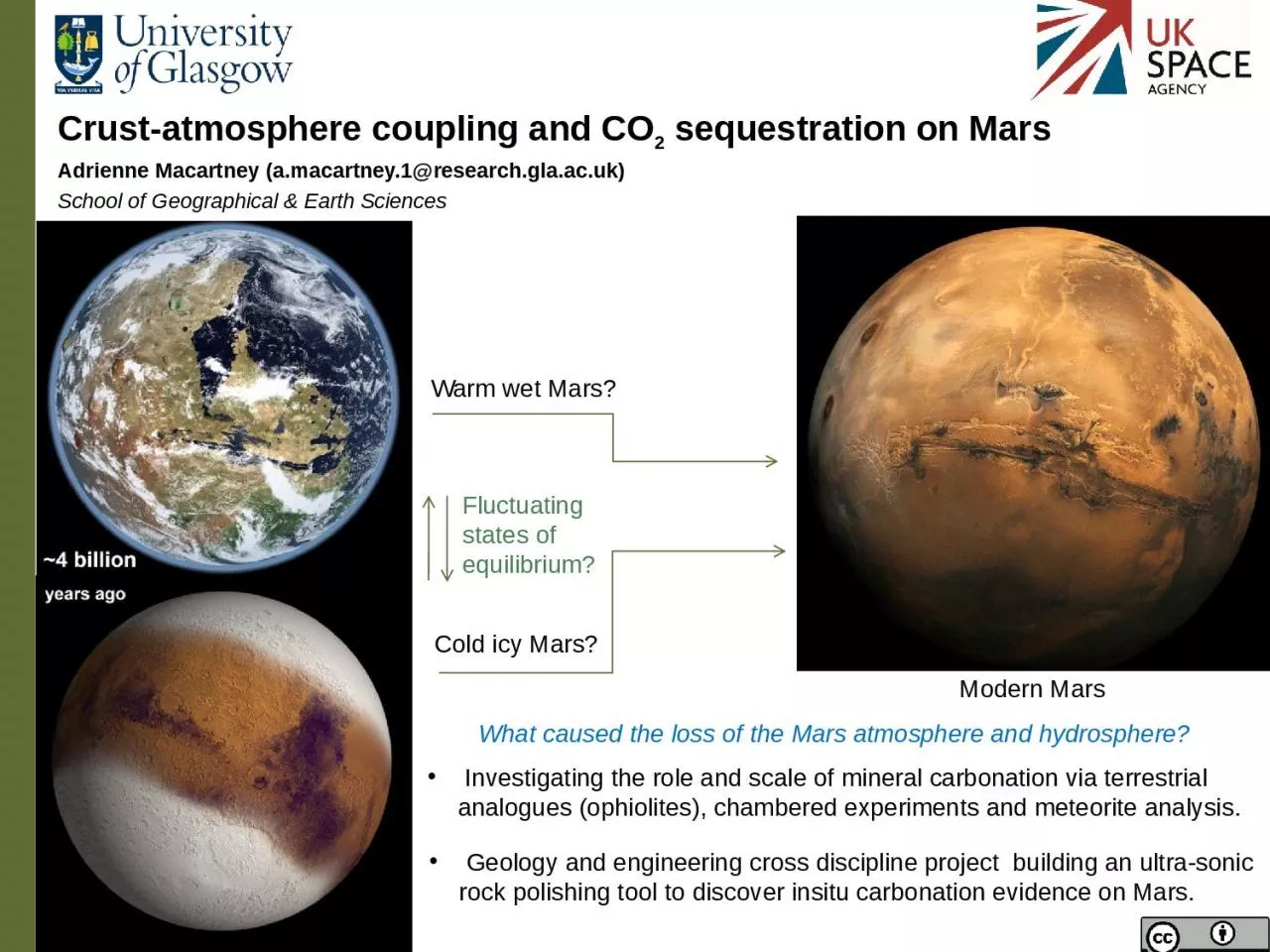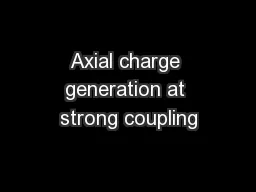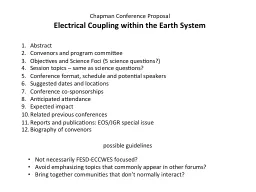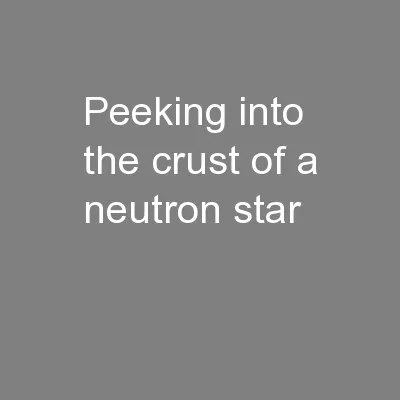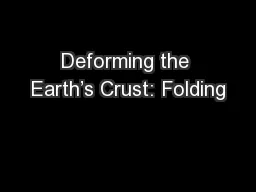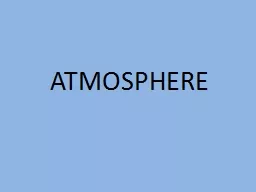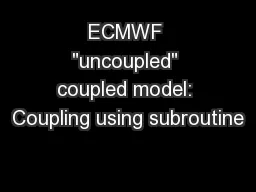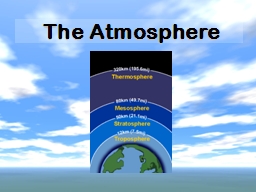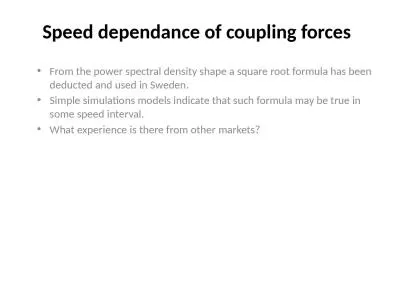PPT-Crust-atmosphere coupling and CO
Author : alyssa | Published Date : 2023-09-26
2 sequestration on Mars Adrienne Macartney amacartney1researchglaacuk School of Geographical amp Earth Sciences Cold icy Mars Warm wet Mars Modern Mars What caused
Presentation Embed Code
Download Presentation
Download Presentation The PPT/PDF document "Crust-atmosphere coupling and CO" is the property of its rightful owner. Permission is granted to download and print the materials on this website for personal, non-commercial use only, and to display it on your personal computer provided you do not modify the materials and that you retain all copyright notices contained in the materials. By downloading content from our website, you accept the terms of this agreement.
Crust-atmosphere coupling and CO: Transcript
Download Rules Of Document
"Crust-atmosphere coupling and CO"The content belongs to its owner. You may download and print it for personal use, without modification, and keep all copyright notices. By downloading, you agree to these terms.
Related Documents

